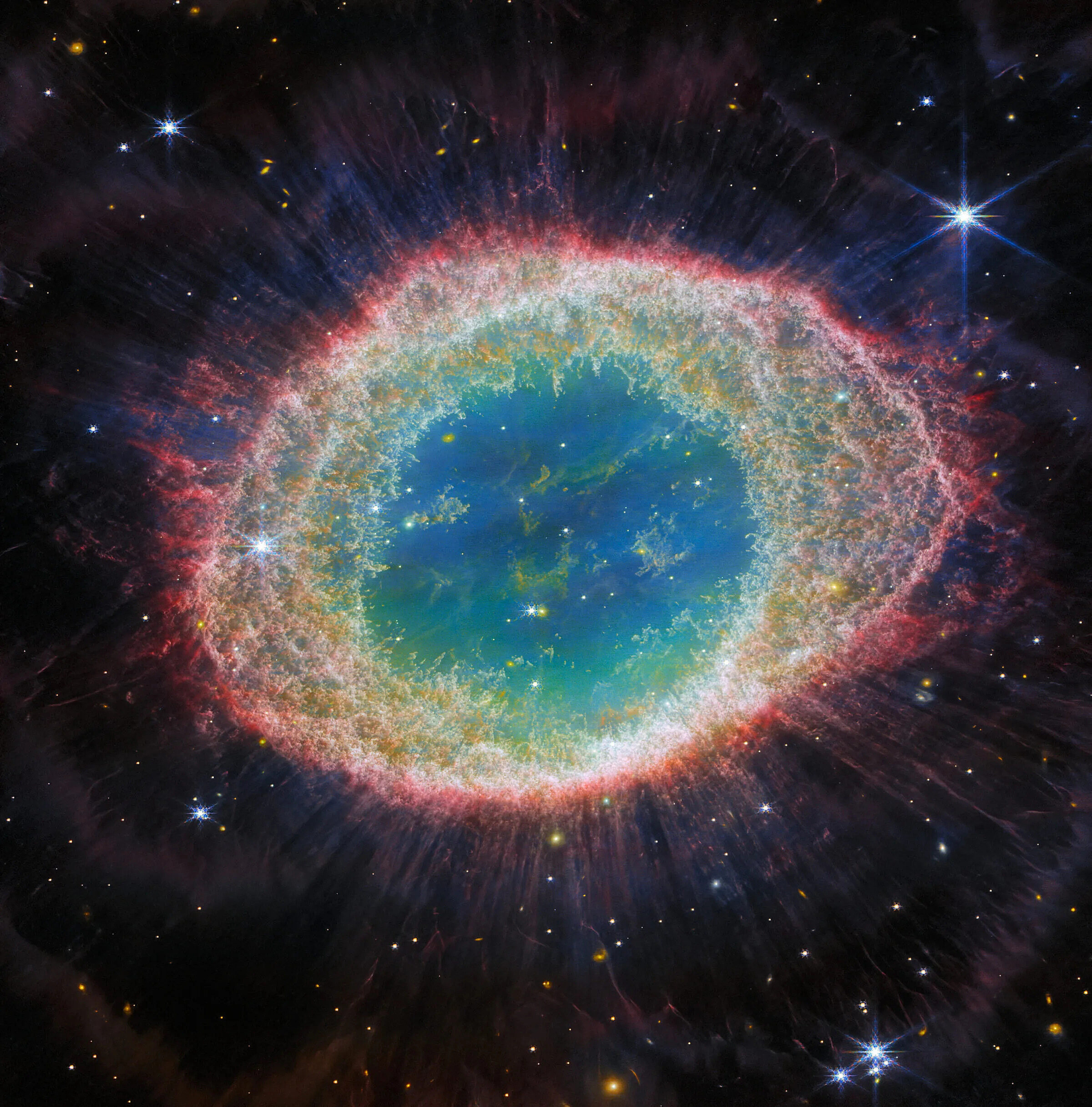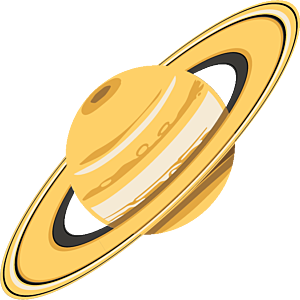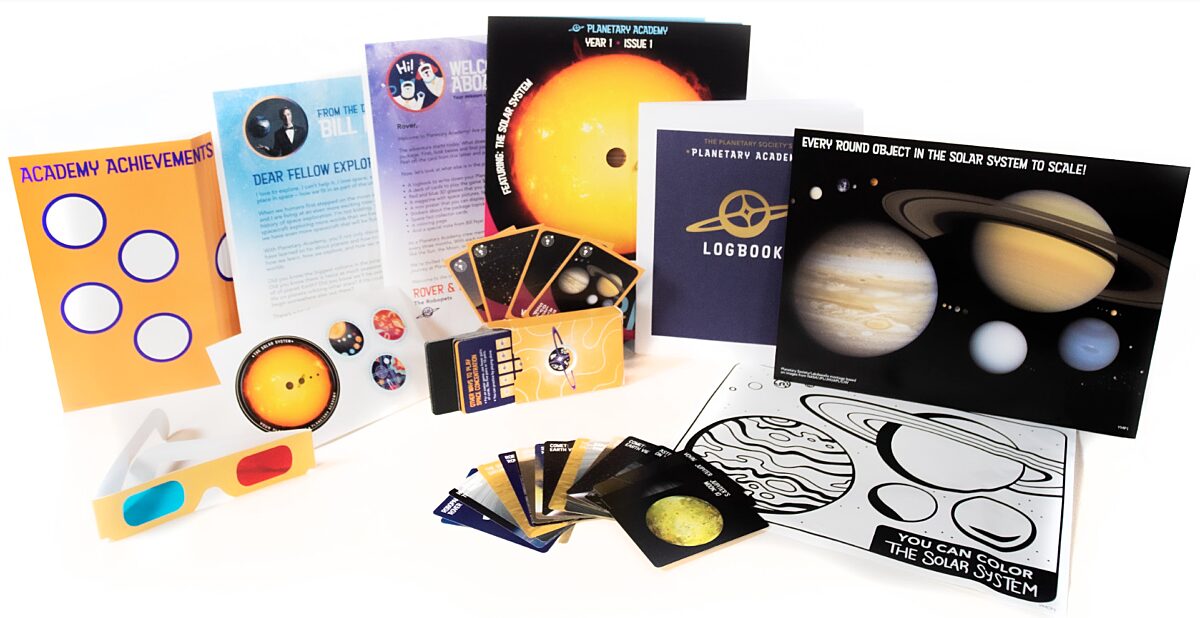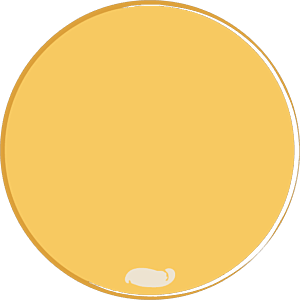The Downlink • Sep 01, 2023
See for yourself
Space Snapshot

The Ring Nebula is an archetypal planetary nebula — a star throwing off its outer layers as it runs out of fuel. This glorious act was captured by JWST in unprecedented detail in this image, which is one of our picks for best space pictures from the past month. Image credit: ESA/Webb, NASA, CSA, M. Barlow (UCL), N. Cox (ACRI-ST), R. Wesson (Cardiff University).
You love space, now take action
This weekly newsletter is your toolkit to learn more about space, share information with your friends and family, and take direct action to support exploration. Anyone can subscribe at planetary.org/connect to receive it as a weekly email.
Mission Briefings


India’s Chandrayaan-3 is already finding scientific treasures on the Moon’s south polar region. The Indian Space Research Organization (ISRO) said this week that the mission’s Pragyan rover “unambiguously confirmed the presence of sulfur” in lunar soil. Although sulfur is already known to exist elsewhere on the Moon, this confirms its presence in the south polar region. Pictured: The Pragyan rover’s tracks on the Moon. Image credit: ISRO.

The 27 European Union member states are taking a stance against direct-ascent anti-satellite (ASAT) tests. A new document published by the U.N. Open-Ended Working Group (OEWG) on Reducing Space Threats details the EU member states’ commitment to a ban on ASAT tests, which have been criticized for being dangerous and creating orbital debris.
From The Planetary Society


Do you want to see a brighter future for space? Anyone who lives in the United States can join The Planetary Society’s annual Day of Action in Washington, D.C. on Sept. 17 and 18, 2023. We’ll train and equip you to advocate for the importance of space science and exploration, and arrange for you to meet with your representatives in Congress to get your message across to the people who decide the future of NASA’s budget. Sign up now. Pictured: Participants of the 2019 Day of Action in front of the US Capitol building. Image credit: Antonio Peronace for The Planetary Society.

An algorithm has found its first potentially hazardous asteroid. Mario Jurić and Ari Heinze from the University of Washington lead the team that developed HelioLinc3D, a next-generation asteroid discovery algorithm that has successfully identified its first target. They join this week’s Planetary Radio to discuss what’s next, and how algorithms like this one can help defend our world.

Have you ever wondered what traveling in space would actually be like? Mary Roach certainly has. The best-selling science writer explored the (sometimes bizarre) realities of keeping humans alive and well in space in her book “Packing for Mars.” She’ll join Planetary Society members in the online member community on Sept. 7 for the monthly book club meeting to discuss her book and the research that went into it and answer audience questions. Not a member? Sign up today.
What's Up

See yellowish Saturn rising in the east as the Sun sets, then crossing high in the sky throughout the night. Jupiter rises in the mid-evening east and shines very bright, coming close to the Moon on Sept. 3-4. Super bright Venus shines low in the east before dawn. Find out what else September’s night skies have in store for you.
Calling all kids!

The Planetary Society’s Planetary Academy kids membership program is perfect for kids who love space. Aimed at kids ages 5-9, Planetary Academy members get fun, educational activities and collectables mailed to them four times a year, helping them learn and get excited about the worlds of our Solar System and beyond! Plus, their membership helps advance space science and exploration. Get a membership for the space-loving kid in your life today!
Wow of the Week

When the JWST team released the Ring Nebula image in August, Planetary Society member Danielle Rose saw an image begging to be painted. She created this beautiful watercolor rendition of the spectacular cosmic sight. Members can see her artwork and more in the Planetary Society member community. Image credit: Danielle Rose.
Send us your artwork!
We love to feature space artwork in the Downlink. If you create any kind of space-related art, we invite you to send it to us by replying to any Downlink email or writing to [email protected]. Please let us know in your email if you’re a Planetary Society member!


 Explore Worlds
Explore Worlds Find Life
Find Life Defend Earth
Defend Earth


